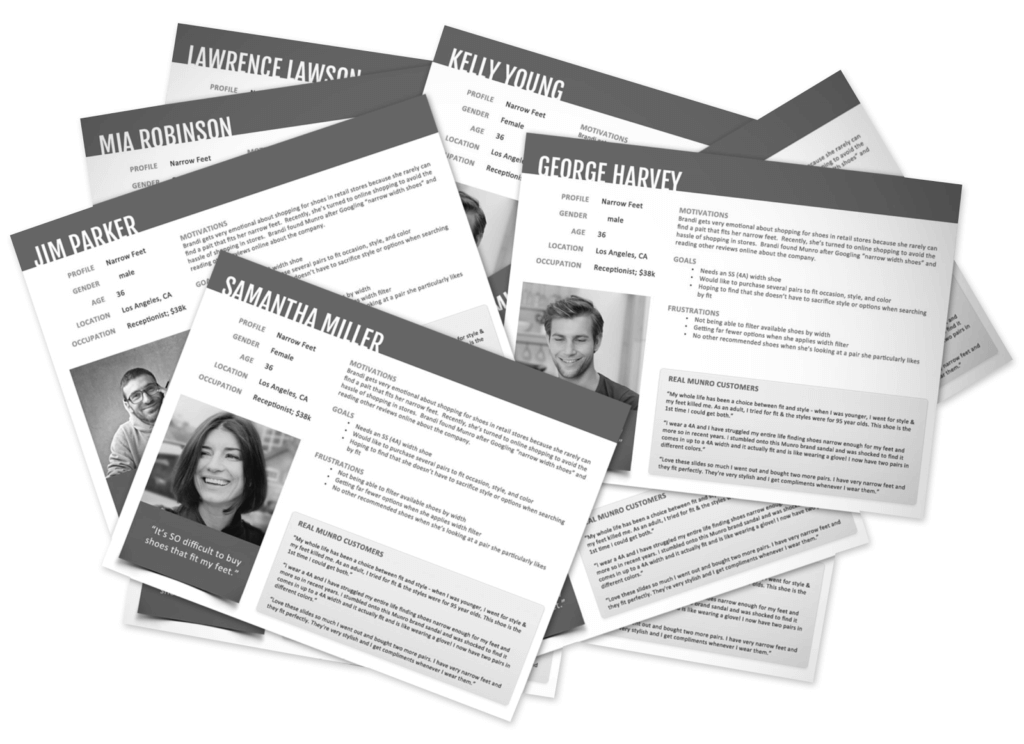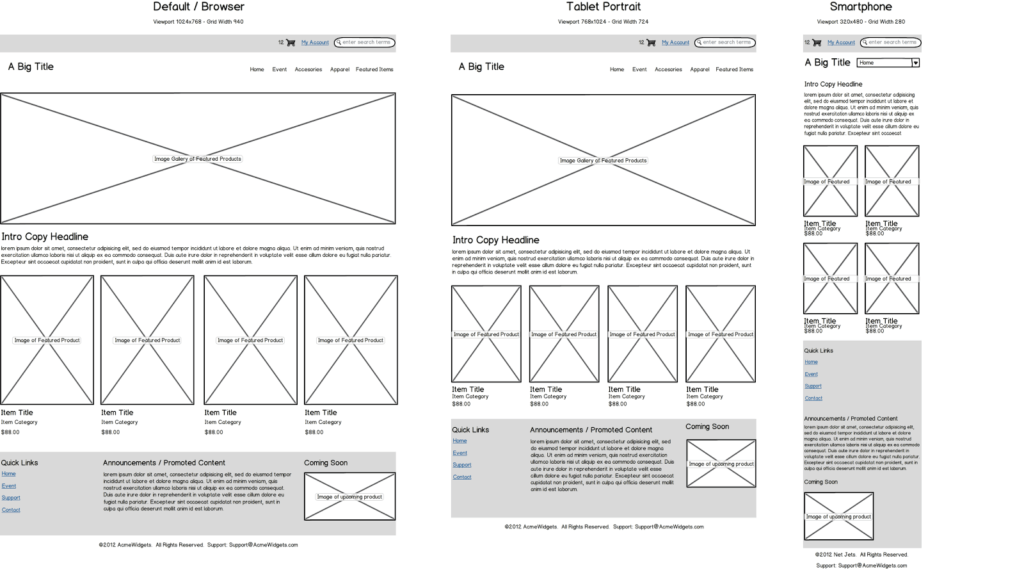Fair enough, UI/UX has become one of high-demand IT services (according to IT surveys, UI/UX design ends up at the top skills/professions among in IT) – you may have an extremely “smart” system under the hood but if customers struggle to interact with it, nobody would care about your efforts. However, before creating a prototype, as a digital agency or a freelancer you need to deal with the question of UI design cost.
Your clients always want you to have a clear and firm answer to each of their questions. That’s why if you don’t approach this stage in a structured way, it may be frustrating and waste your time. This article is devoted to help you get a clear idea of what goes into app or website design cost, and finally answer the question of cost for web design for yourself and your clients.
What goes into UI design cost?
1.Competitive analysis (CA) and user research.
Everything starts with a proper research, and UI/UX design isn’t an exception. You can’t build a UX that has a good market fit (and figure out a proper UI design cost) if you don’t know current trends, your competitors, and your potential customers. That’s why CA is one of the first things to include in pricing.
According to Entrepreneur encyclopedia, CA means: “Identifying your competitors and evaluating their strategies to determine their strengths and weaknesses relative to those of your own product or service ”.
You start by analyzing market trends and finding your main competitors. Then you take a closer look at competitors’ products and examine pros and cons of UX. The latter will help you create UX that includes features that are in demand among your potential audience.
Another step that you need to address when answering about UI design cost is the creation of user personas. It’s an extremely effective marketing tool which implies profound research of your potential customers.
Each of user personas should depict your targeted audience (the more targets you have, the more user personas you need). Literally you “collect” features of your potential customers and create a model that includes them. User persona looks like a profile of fictive person.

CA and user personas help to get to know market and find out the best set of features for UI/UX design in your case. So usually it takes 20-40 hours to make the prior competitor investigation, define your user profile and discover the potential user pain points. According to Upwork statistics, average billing rates among intermediate-level UI/UX professionals for this stage are $25-$75. So the approximate cost of discovery stage is $1000 – $2000. I should say it usually a very good investment of money as it really may change your understanding of the market potential, needs and users. In some cases after this stage entrepreneurs decide not to go further if they see a very stung competition.
2.The complexity of architecture.
When you have a certain feature set, you need to bother how to organize all of the elements within an efficient architecture. In other words, you need to link all the features so that users find it natural and easy to interact with them. The level of architecture complexity vastly influences the way you should answer about UI design cost. That’s why this step definitely needs a close attention.
Information architecture is a whole brunch that “focuses on organizing, structuring, and labeling content in an effective and sustainable way”. In order to create a proper architecture for your application or website, the best practice is to find intersections between three main parts: users, context, and content.
Profound knowledge of above-mentioned parts will help you categorize, structure, and represent information so that users would easily navigate through your application and find what they need. You can find more information about this here.
If you get to think UI design cost, it’s important to consider how you can represent the outcomes of all the stages (milestones) the process of designing involves. When it comes to architecture of an application, wireframing comes in hand.
So what does wireframe mean? Loosely speaking, wireframe is a blueprint of your application that reflects links between UI elements. The goal of wireframing is to create a layout design that represents how content and elements are to be organized in the application.

According to Upwork statistics, estimated billing rates for wireframing among intermediate-level freelance professionals are $30-$60.
3.Prototyping.
Whatever product you get to design, prototyping is a crucial stage. It is already said a lot about prototyping (even too much) on the Internet. But still, there is no way to avoid mentioning it when you think about UI design cost.
Of course, prototype is a more developed version of a product than wireframe, but the main difference is that after you get a prototype you can make tests and analyze how your potential audience interact with it. (Learn more about the differences between prototype and wireframe here). At the prototyping stage, you can find out and eliminate pitfalls and avoid waste of money and time on building useless features.
The main purpose of prototype is to simulate the performance of the product so that potential customers can try it out and give you a feedback. There’s a bunch of tools for prototyping that doesn’t require coding at all.
4.The amount of testing.
Nowadays development of any product is impossible without user testing. And when it comes to deciding how much to charge for UI design, you also need to consider it. The thing is that the amount of testing varies from product to product.
The best practice is to perform most of the testing at the prototyping stage so that testing of the full-fledged product would require slight changes. To perform a sufficient testing, you need to run both manual and automated tests to examine user interactions with the product (prototype), get feedback, analyze key performance indicators, etc.
Some products may require few rounds of testing: alpha and beta (which also impacts the cost for UI design). In a nutshell, they are different stages of product evolution. The idea is that as you add more functionality, you may want to test how it influences the way users interact with the application.
5.Visual design.
This is the point when things become pretty. Of course, elements of UX should be functional in the first place, but also, they need to follow a certain style. It’s important for every client as it makes brands distinguishable. Therefore, cost for UI design would also depend on whether you need to create a whole style guide or just to follow the one your client follows.
Obviously, the amount of work to make things look according to company’s vision varies. But also don’t forget about testing – sometimes customers react to slight changes in appearance of features in an unexpectable way.
Prototyping, testing, and visual design are usually included in general UX design (unless you want it to be made by different professionals). According to Upwork statistics, estimated billing rates for general UX design among intermediate-level freelance professionals are $25-$75.
What about LaSoft?
In LaSoft, the overall process of creating UI includes 5 main stages:
- Project Analysis (analyzing competitors and creating user personas),
- Information Architecture (crafting a proper product hierarchy),
- Wireframing (initial visualizing of design frame),
- Prototyping (making an early model of product which one can test),
- Visual design (improving an early model and final adding aesthetics).

However, we pay an extensive attention to the initial stages of designing – particularly, prototyping and analysis. It helps to cut expenses of our clients by 40-55% and save time.
Conclusion
Breaking pricing into parts and clearly defining them is a great practice for both parts. On one hand, it helps designers to come up with a reasoning approach when addressing the question of UI design cost. And on the other hand, clients can understand the process of development.
If you want to build long-lasting trustful relationships with your clients, then explain it to your clients this way and make pricing transparent. And if they still don’t tolerate an adequate UI design cost, let them know that UX issues are one of the three topmost reasons why apps fail.




